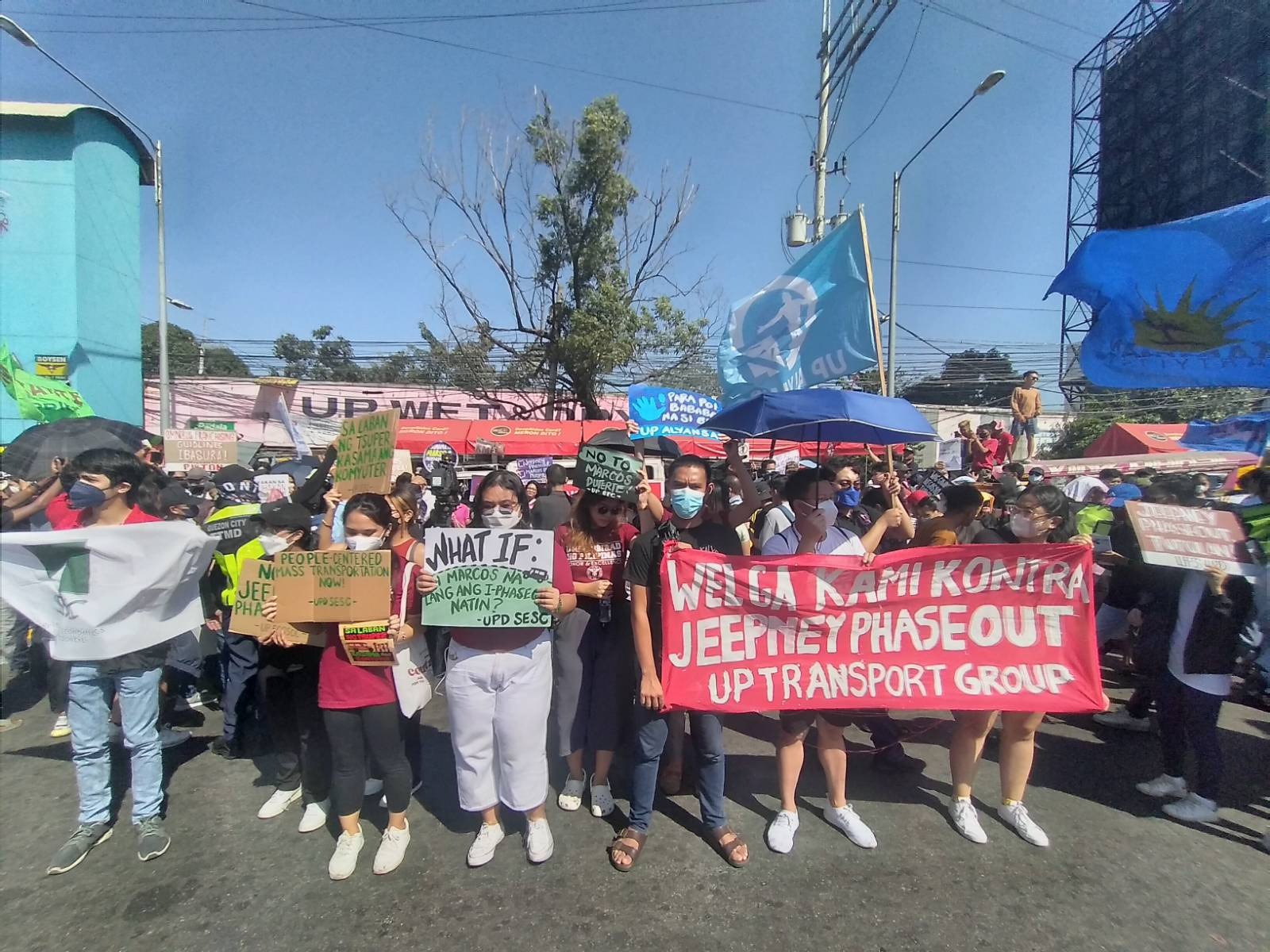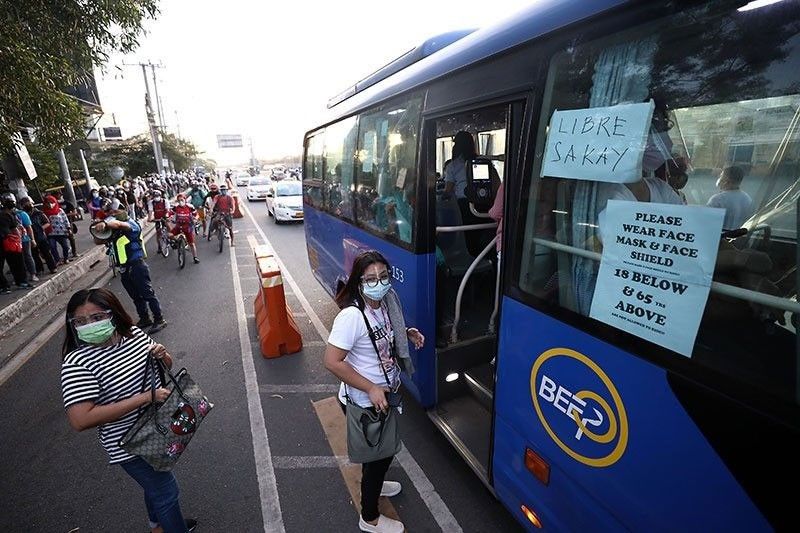Transit Advertising Philippines: Get To Countless Commuters Daily
Transit Advertising Philippines: Get To Countless Commuters Daily
Blog Article
Just How Transit Advertising And Marketing Can Transform Public Transport Spaces Into Dynamic Advertising Operatings Systems
Transit advertising holds considerable capacity to redefine public transportation areas right into lively advertising and marketing systems that involve and inform. As we explore the diverse advantages and progressing approaches of transit advertising, it raises the concern of how this change could redefine our interactions with both brand names and the city setting.
Advantages of Transportation Advertising

In addition, transit advertising and marketing is extremely cost-effective contrasted to traditional media. It enables advertisers to achieve high perceptions at lower expenses, optimizing return on investment. The restricted audience of travelers provides a chance for brand names to convey their messages to people who are commonly responsive during their traveling times.
Furthermore, the dynamic nature of transportation advertising enables projects to be updated often, making certain that messaging remains pertinent and prompt. This flexibility can be essential in reacting to market fads or promotional events, maintaining the brand name top-of-mind for consumers. Lastly, the prevalent visibility of transit marketing adds to brand recall; repeated direct exposure within familiar travel contexts strengthens brand name recognition and fosters customer loyalty, inevitably driving sales and enhancing brand track record.
Kinds of Transit Marketing
Mass transit systems offer different styles for marketing, each dealing with different marketing techniques and audience interaction techniques. One famous kind is outside bus and train covers, which cover the whole automobile and develop a mobile signboard result, permitting high visibility in urban environments. These wraps can capture interest as they traverse busy streets, reaching a diverse target market.
Another popular layout is indoor advertising and marketing, that includes posters, electronic screens, and ads on transit seats. These positionings involve guests throughout their trip, strengthening brand messaging in a confined space. Digital presents, in certain, use the advantage of dynamic web content, allowing advertisers to update messages in real-time.
Station advertising is also significant, including posters, banners, and interactive booths within transit terminals. These advertisements take advantage of foot web traffic and can target specific demographics based upon area.
Finally, promotional collaborations with transportation authorities can result in unique projects, such as themed transportation experiences or events, enhancing the general engagement with travelers. Each type of transportation marketing offers distinctive benefits, permitting brands to customize their approach to properly reach their target audience within the public transportation ecosystem.
Engaging Travelers Effectively
Travelers are increasingly swamped with advertising messages throughout their everyday trips, making it crucial for brands to involve them in innovative means. To capture focus in this jampacked space, marketers must prioritize creative thinking and significance. Utilizing distinctive visuals and succinct messaging can significantly improve the probability of involvement.
Interactive elements, such as QR codes or augmented truth functions, can additionally change fixed advertisements right into immersive experiences, fostering a deeper connection with the audience. Brands ought to focus on resolving travelers' demands and interests, tailoring messages to resonate with their lifestyle, whether through promotions for local companies or services developed to improve their commuting experience.
Furthermore, timing plays a vital duty; purposefully positioning advertisements throughout height travelling hours can take full advantage of exposure and influence. Involving travelers properly additionally entails leveraging social media sites assimilation, allowing guests to share their experiences or promotions straight redirected here from transportation systems, therefore amplifying brand name reach.
In significance, effective involvement pivots on recognizing the traveler trip and creating engaging, interactive, and appropriate advertising experiences that not just catch attention yet additionally drive action and commitment. By doing so, brand names can transform public transport into a dynamic advertising and marketing system that resonates with its target market.

Measuring Marketing Impact
Just how can brands accurately analyze the efficiency of their advertising projects en route settings? Determining the impact of transportation advertising calls for a diverse strategy that integrates qualitative and measurable metrics. One common approach is tracking interaction via mobile analytics, where brand names can analyze foot web traffic patterns and app communications in the past, during, and after projects.
Surveys can supply valuable understandings right into brand recall and customer sentiment, enabling brand names to evaluate exactly how well their messages resonate with commuters. In addition, keeping an eye on social media interaction pertaining to particular projects can reveal shifts in public assumption and brand name discussion.

Moreover, teaming up with transit companies can improve dimension precision, as they frequently possess in-depth group information on ridership trends. By integrating these methods, brand names can develop an extensive understanding of their marketing efficiency, making sure that their projects not just reach however additionally affect their target market successfully.
Future Fads in Transit Advertising And Marketing
A significant change is prepared for en route advertising as technological developments and changing consumer behaviors reshape the landscape. Transit Advertising Philippines. The integration of interactive media and electronic screens is expected to improve engagement, allowing brands to provide dynamic material that resonates browse around this site with diverse audiences. As mass transit systems embrace clever innovation, advertisers will utilize real-time information analytics to tailor messages based upon traveler demographics and behaviors
Moreover, boosted truth (AR) is poised to change the method commuters connect with ads. By providing immersive experiences, AR can change a mundane trip into find out this here an interesting narrative that captures interest and fosters brand name loyalty. This technology will likely motivate marketers to produce even more experiential projects that drive consumer interaction.
Sustainability is another essential pattern affecting transit advertising and marketing. As environmental awareness grows, brand names will increasingly look for to straighten with eco-friendly methods, making use of sustainable products and promoting eco-friendly campaigns within their campaigns.
Final Thought
In conclusion, transit advertising provides considerable advantages by improving brand name exposure and involving a captive target market. As patterns progress, the possibility for cutting-edge communications in between brand names and travelers is positioned to expand, making sure that transportation marketing stays a crucial part of contemporary advertising methods.
Transportation marketing holds considerable capacity to redefine public transportation areas into lively marketing systems that inform and engage. The prevalent existence of transportation marketing contributes to brand recall; repeated direct exposure within acquainted travel contexts reinforces brand name understanding and promotes consumer commitment, eventually driving sales and enhancing brand name track record.
Exactly how can brands properly examine the efficiency of their advertising projects in transit settings?In verdict, transit advertising uses considerable benefits by improving brand presence and engaging a restricted audience. Transit Advertising Philippines. As trends advance, the capacity for innovative communications between commuters and brands is poised to grow, making sure that transit advertising and marketing remains a crucial component of contemporary marketing methods
Report this page